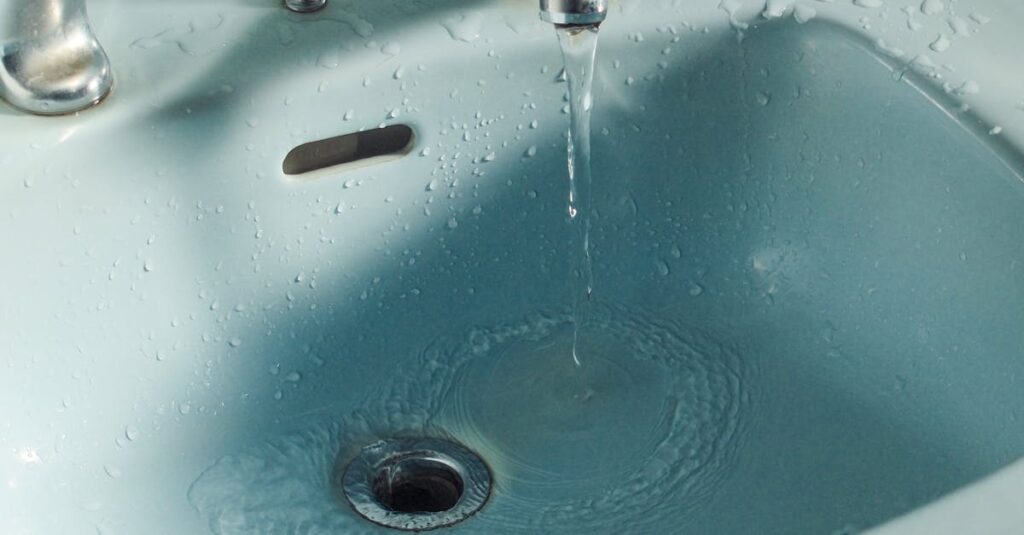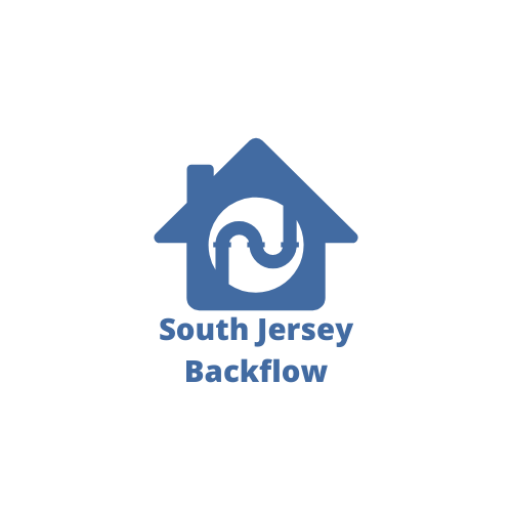The Hidden Costs of Backflow Failure: Why Prevention is Cheaper Than Repairs
Backflow prevention is a crucial aspect of maintaining a clean and safe water supply. While some property owners may overlook regular backflow testing and maintenance, the reality is that backflow failure can lead to significant financial and health-related consequences. Understanding the hidden costs of backflow failure highlights why investing in prevention is always the smarter choice.
What is Backflow and Why Does It Fail?
Backflow occurs when water flows in the reverse direction, potentially introducing contaminants into the potable water supply. This can happen due to:
- Back-Siphonage: A sudden drop in pressure creates a vacuum that pulls contaminated water into the clean water system.
- Back-Pressure: Increased downstream pressure forces non-potable water back into the potable water system.
Backflow failure can result from malfunctioning prevention devices, lack of maintenance, or failure to comply with testing regulations.

The Financial Impact of Backflow Failure
1. Costly Plumbing Repairs
If contaminated water enters your plumbing system, it can lead to:
- Corrosion and pipe damage, requiring expensive repairs.
- Clogged pipes due to sediment and chemical buildup.
- Damage to appliances and irrigation systems connected to the water supply.
2. Fines and Legal Penalties
New Jersey has strict regulations regarding backflow prevention. Failure to comply can result in:
- Hefty fines from the New Jersey Department of Environmental Protection (NJDEP) or local municipalities.
- Legal liability if contaminated water causes harm to the public or surrounding properties.
- Business shutdowns for non-compliance with health and safety codes.
3. Health Risks and Medical Costs
Contaminated water poses serious health risks, leading to potential medical costs for property owners, employees, or tenants. Exposure to chemicals, bacteria, or sewage can cause:
- Gastrointestinal illnesses.
- Skin infections and respiratory issues.
- Long-term health complications from exposure to toxic substances.
Indirect Costs of Backflow Failure
4. Loss of Business Revenue
For commercial properties, a backflow incident can lead to:
- Temporary business closure due to water contamination.
- Loss of customers due to bad publicity and health concerns.
- Potential lawsuits from affected individuals.
5. Increased Insurance Premiums
Water contamination incidents can increase liability risks, leading to:
- Higher property insurance premiums.
- Possible denial of coverage if preventive measures were not taken.
- Expensive claims settlements in case of legal action.
Prevention: A Small Investment for Long-Term Savings
Regular backflow testing and maintenance is a cost-effective solution compared to the high costs of failure. Benefits of prevention include:
Avoiding Expensive Repairs
Routine testing catches issues before they escalate.
Ensuring Regulatory Compliance
Staying up to date with annual testing prevents fines and penalties.
Protecting Public Health
Preventing contamination safeguards employees, customers, and residents.

How South Jersey Backflow Can Help
At South Jersey Backflow, we provide expert backflow prevention services to keep your property compliant and safe. Our services include:
- Annual backflow testing and certification.
- Repair and replacement of faulty backflow prevention devices.
- Emergency services for backflow incidents.
Conclusion
Ignoring backflow prevention can lead to hidden costs that far outweigh the investment in regular testing and maintenance.
By proactively managing your backflow prevention system, you protect your finances, health, and property from potential disasters.
Contact South Jersey Backflow today to schedule your next backflow test and keep your water supply safe.

